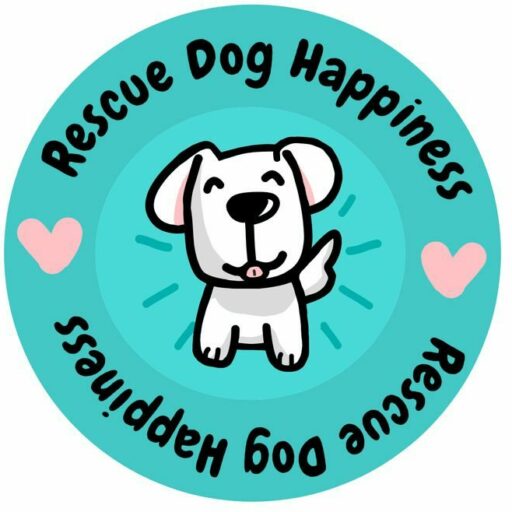Contents
10 Possible Reasons Your Adopted Dog Is Walking in Circles
Watching your adopted dog walk in circles can raise many questions. Is it normal behavior or a cause for concern? To answer your queries, we’ve listed down ten possible reasons why your canine friend might be walking in circles. Understanding your dog’s behavior can go a long way in ensuring its wellbeing.
1. Chasing Their Tails
Have you ever noticed puppies amusing themselves by chasing their tails? This behavior can continue into adulthood, primarily if it brings laughter or rewards from their human companions. While mostly harmless, excessive tail-chasing might be a sign of compulsive behavior that requires attention from a vet.
2. Ear Infections May Cause Imbalance and Dogs Walking in Circles
Buy on AmazonIf your dog is walking in circles in a particular direction, it could be a sign of an ear infection. Dogs with an ear infection tend to circle towards the side that’s affected. In addition to circling, they may scratch their ears excessively or show signs of discomfort when their ears are touched.
3. Vestibular Disease
Older dogs may suffer from Canine Idiopathic Vestibular Syndrome, a sudden, non-progressive disturbance of balance. Common symptoms include head tilting, unsteady movements, and of course, circling. It’s vital to visit your vet if you suspect this condition, as it can be alarming but is often treatable.
4. Neurological Issues (Adopted Dog Walking in Circles)
Circling behavior could indicate a neurological problem. These issues can range from brain aging in older dogs, leading to cognitive dysfunction, to serious conditions like brain tumors. If you notice your dog walking in circles, also watch for other symptoms such as changes in behavior or physical capabilities. Any concerns then consult a vet promptly.
5. Anxiety or Stress
Buy on AmazonJust like humans, an adopted dog walking in circles may be the sign of stress or anxiety. can exhibit physical symptoms when they’re feeling stressed or anxious. Circling, pacing, and other repetitive behaviors can be signs of anxiety. Identifying and addressing the source of their stress can help alleviate this behavior.
6. Canine Compulsive Disorder
Walking in circles, especially when accompanied by other repetitive behaviors, could signify Canine Compulsive Disorder (CCD). This is akin to Obsessive Compulsive Disorder (OCD) in humans and is often triggered by stress or anxiety. A vet or a dog behaviorist can suggest behavioral interventions or medication if necessary.
7. Attention-Seeking
Our furry friends are experts at grabbing our attention! Circling can be a learned behavior if it consistently gets them what they want – your attention. It’s crucial to recognize and manage this to prevent inadvertently encouraging it.
8. Physical Discomfort
Physical discomfort, from conditions such as arthritis or an injury, could cause your dog to move in a circular pattern. If your dog is circling and showing other signs of pain or discomfort, like limping or whining, a visit to the vet is in order.
9. Vision Problems
A dog with impaired vision might walk in circles as they try to navigate their environment. If your dog is circling, bumping into objects, or showing other signs of vision problems, it’s important to seek veterinary help.
10. Preparation for Rest
Lastly, don’t forget that some circling behavior is perfectly normal! Many dogs circle before they lay down to rest or sleep. This behavior is an ancestral trait passed down from their wild ancestors who needed to create a safe, comfortable place to sleep.
Understanding why your adopted dog might be walking in circles can help you better cater to their needs. While some reasons are benign, others may require veterinary intervention. If you’re ever in doubt, don’t hesitate to consult a professional who can provide guidance based on your dog’s specific circumstances.
Concluding 10 Possible Reasons Your Adopted Dog Is Walking in Circles
Remember, adopting a dog is not just about providing them with a home but also about understanding their unique behavior and needs. Observing and responding to their behavior is part of forming that special bond. Take the time to understand your canine friend, and it will undoubtedly enrich both your lives!
